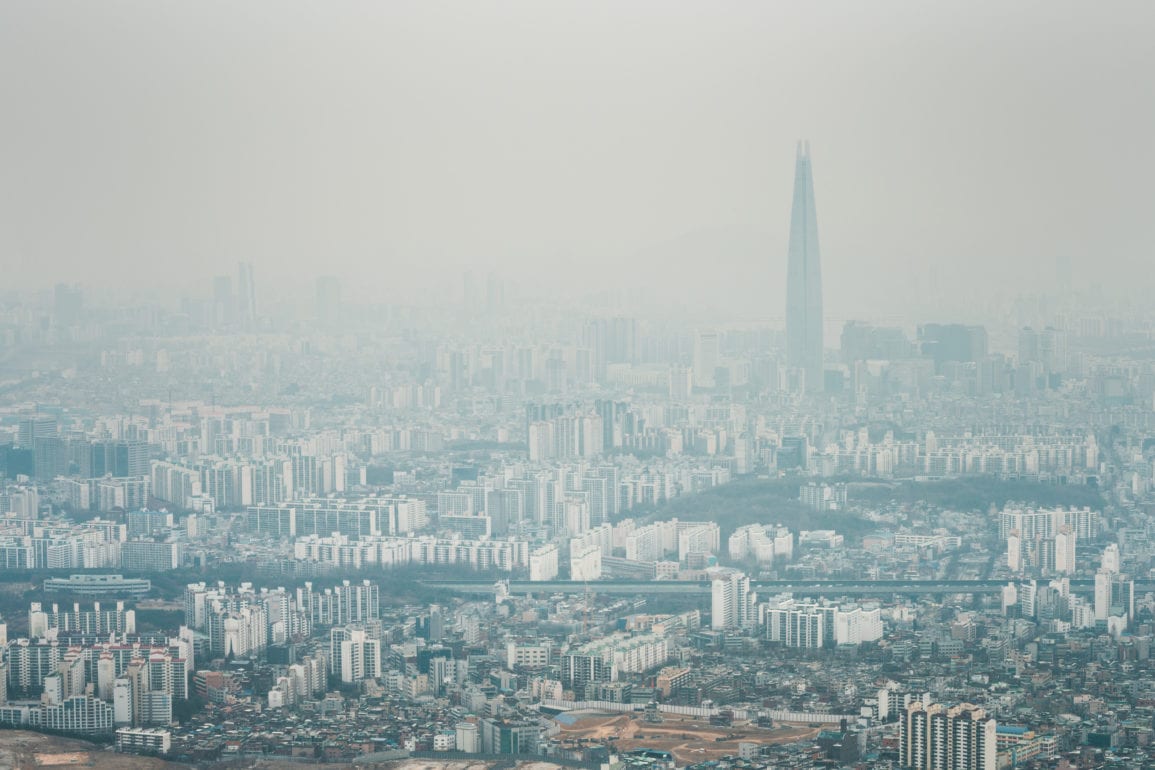Pollution is considered a huge stress factor by Koreans, and with all the factors contributing to our terrible air quality, improvement might not happen at the speed we need. Yellow Dust in Korea is most severe during the spring season with areas affected by the fine dust experiencing decreased visibility and associated to many health implications.
Pollution causes many symptoms such as sore throats, difficulty breathing, itchy and painful eyes, constant coughing, etc. You might be experiencing the same discomforts, so we decided to compile 10 effective ways to help you protect yourself from the pollution in Korea.
Facts about Pollution and Yellow Dust in Korea
But first, let’s have a quick recap on pollution and misconceptions around it.
Pollution is small particles in the air due to pollutants, chemicals, yellow dust, and many others. In Korea, as in other countries, we distinguish 미세먼지 (PM10) from 초미세먼지 (PM2.5 or fine particles). PM stands for “Particulate Matter” and the following number corresponds to the diameter of one particle in micrometer (µm). When you know that one hair has an average diameter of 100 micrometers, you understand how polluted the air is when you cannot see the Seoul N Tower.
Whereas PM10 stay in the air for around 1 day before falling, PM2.5 takes about one week and can have a lethal impact on the population. The fine particles can enter the body through respiratory tracts and deposit inside the organs, leading to severe conditions.
While air pollution levels are high, using your air conditioner is safe, as it only recyclates the air from inside your house. Moreover, b
Now, on to the 10 best effective ways to fight pollution!
Face Masks

A mask is an essential item you have to wear each time you’re going out especially in this COVID-19 pandemic but as it protects you from the virus, it is also beneficial this season with cases of high-level pollution. Basic surgical masks are no use, and you have to make sure to buy one with one of the following specifications: KF99 or N99. The number corresponds to the percentage of particles filtered, so the higher the number, the best for your health. These are single-use masks, but there are a few companies that created washable and reusable fine dust masks. These might be more economical and eco-friendly in the long run.
For more information, you can check our in-depth article Guide To Pollution.
Air Purifiers 공기청정기
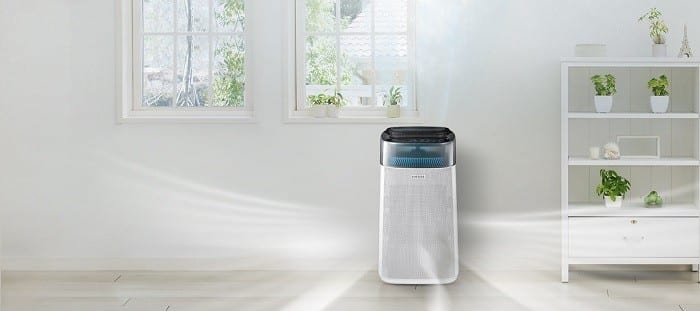
Indoor pollution could actually be worse for your health than outdoor pollution. Fine dust particles enter your house each time you open your door, and cooking on a gas burner can actually generate 5 times more fine particles than there is outside on a bad pollution day.
To fight indoor pollution, your best option is to buy an air purifier, with a HEPA (high-efficiency particulate air) filter, which is scientifically proven to be the best for filtering even the smallest particles (0.3 µm / PM 0.3).
You can buy them online on Gmarket Global or Gmarket (search for 공기청정기) or offline in big marts or electronic stores.
Window Screen Filters 미세먼지 창문필터
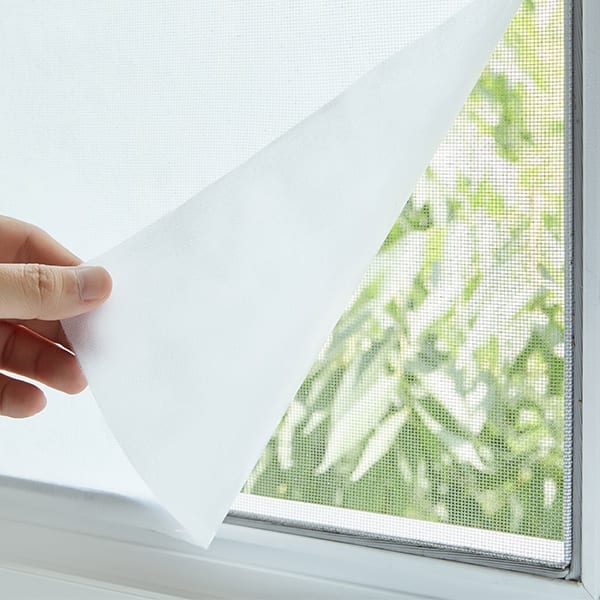
Window screen filters, found online for relatively cheap, can reduce around 80-90% of the fine dust from coming into your house. With window screen filters, you can keep opening your windows during the worst days. Pair it up with an air purifier, and you might even forget there was pollution to begin with. Installation is really easy and it’s also mosquito-proof, so they’re perfect for Korean summers.
You can look for it online in English or in Korean (미세먼지 창문필터). Don’t forget to check our article to find the best English-speaking websites to shop in Korea.
USB Car Air purifiers 차량용 공기청정기
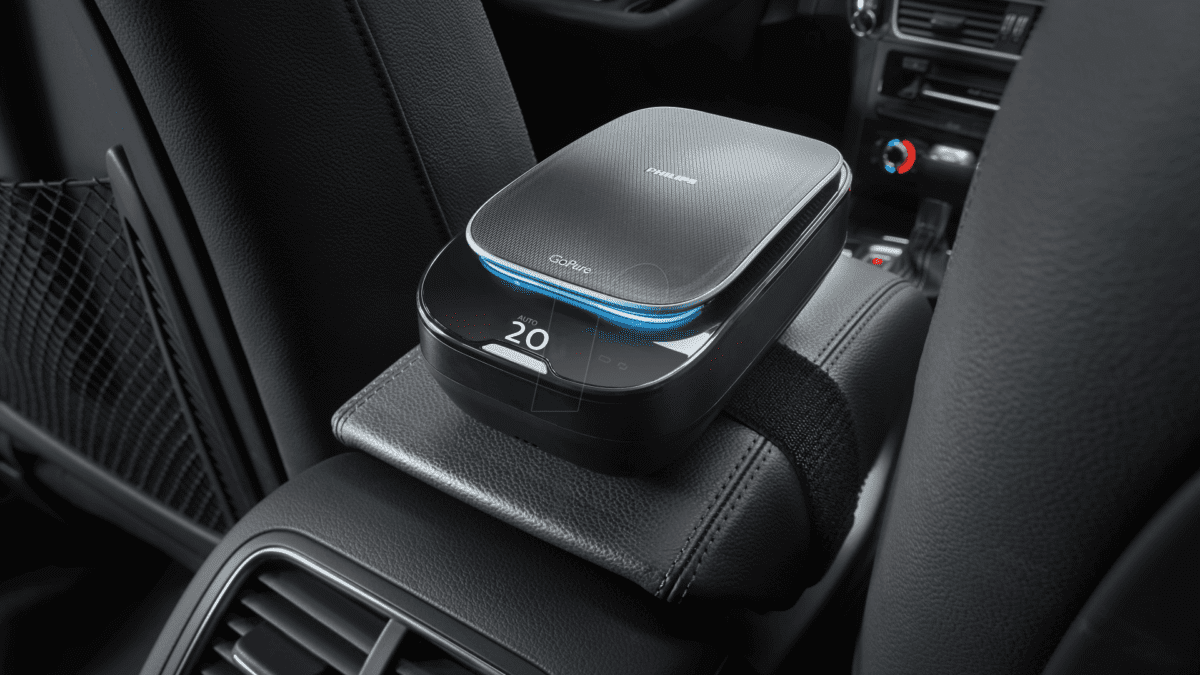
For those driving in Korea, a car air purifier might be a good idea as the yellow dust in Korea can easily enter inside through the ventilation systems and doors. These air purifiers can be plugged in via USB and you should turn on the recirculation mode when you use it. You will be able to find car air purifiers on many of the websites listed in this linked article.
Air Quality Monitor 미세먼지 측정기
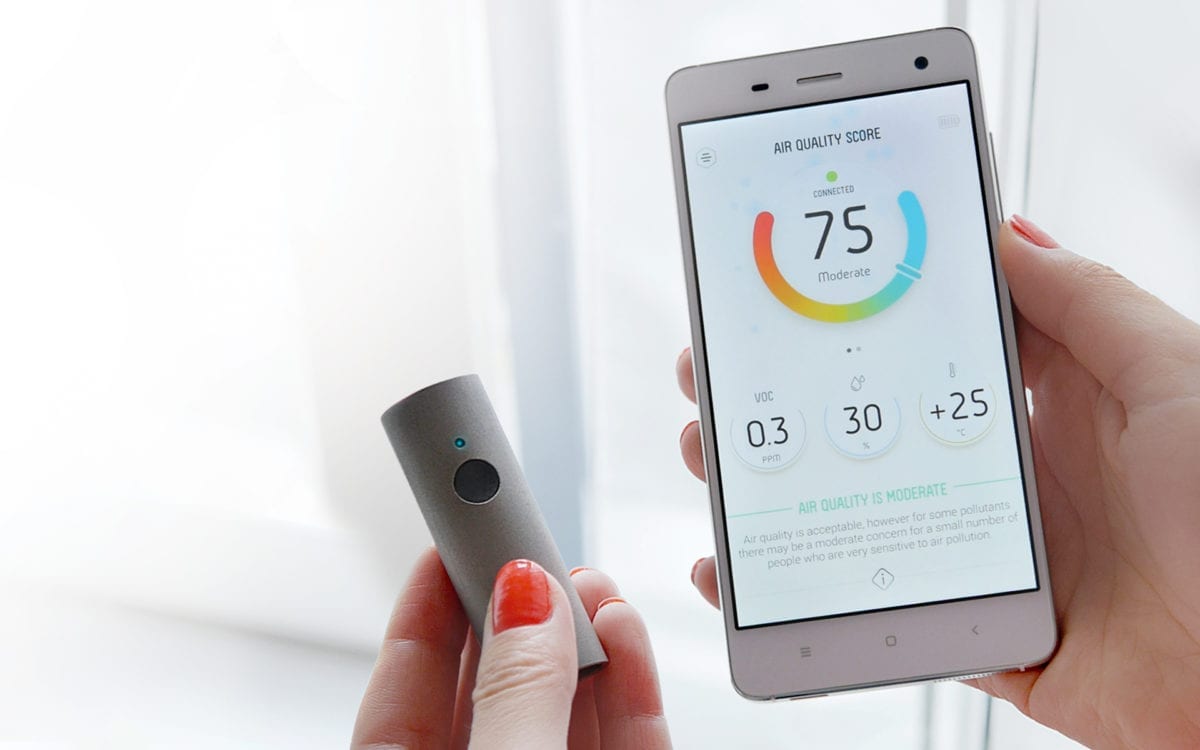
Another cool item on our list is an air quality monitor, which monitors the level and intensity of yellow dust in Korea to make sure your environment is healthy and your devices are working. If you don’t like the idea of running your air purifier all day long and wasting electricity while polluting more, this could help you determine when you need to turn on your air purifier.
Anti-pollution Korean skincare

With the fine dust and all its toxic pollutants penetrating our skin through the pores, you ought to adapt a special skin care routine if you don’t want to see your skin age prematurely. Indeed, pollution is harmful to our skin barrier as it breaks down the collagen and elastin, which can lead to different troubles such as fine lines, hyperpigmentation, sagging, and aggravated eczema and hives.
To avoid this, it is recommended to gently double cleanse your skin each time when you come home, use antioxidants in your skincare regimen and apply sunscreen before going out.
Many Korean beauty brands have anti-pollution skincare lines, such as Missha, Etude House, Laneige, etc., so check out their products to build an anti-pollution routine.
Eyes & Nose care
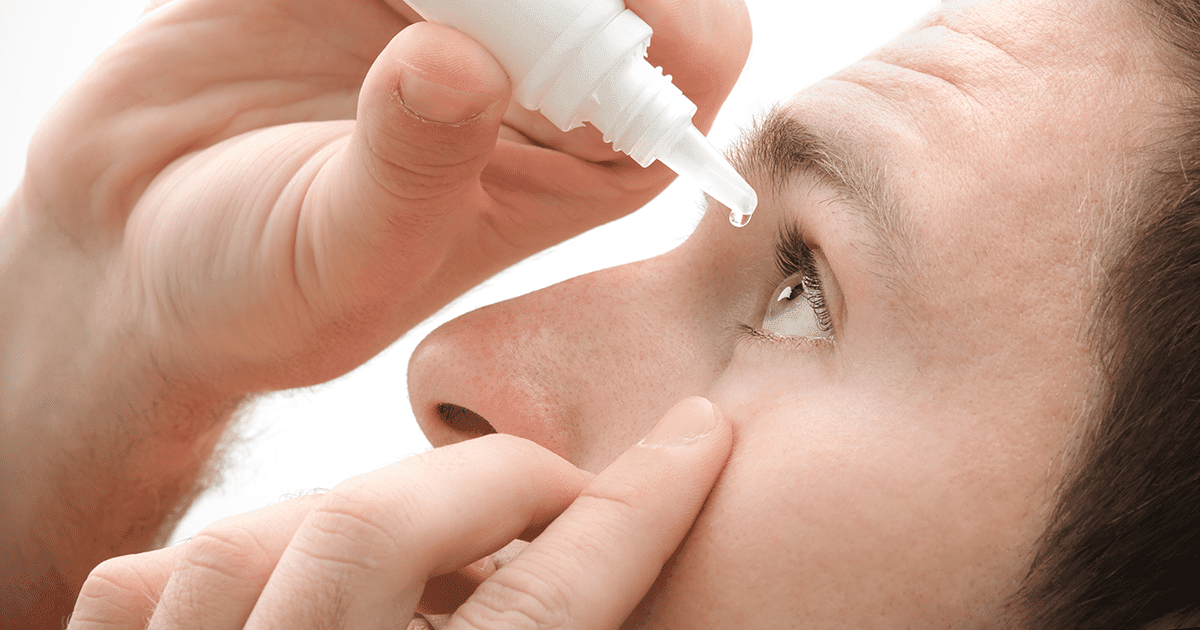
You can wear face masks when you go out, but one of the most sensitive body parts is still exposed: the eyes. Pollutants and chemicals in the air can cause allergies, allergic conjunctivitis, sensitivity to light and air, blurry vision but most commonly red, itchy, burning, sore, dry eyes.
To help prevent pollution from getting into your eyes you can wear protective glasses, wash your hands and eyes with clear water or use lubricant eye drops to soothe the discomfort. If the symptoms are getting worse, don’t hesitate and go to an optometrist.
Your nose is also another sensitive part you have to take care of in case of a peak in the level of yellow dust in Korea, as it may lead to chronic sinusitis. You can use sinus rinses or nasal washes to wash away the pollutants stocked in your nose.
Consume Vitamin C
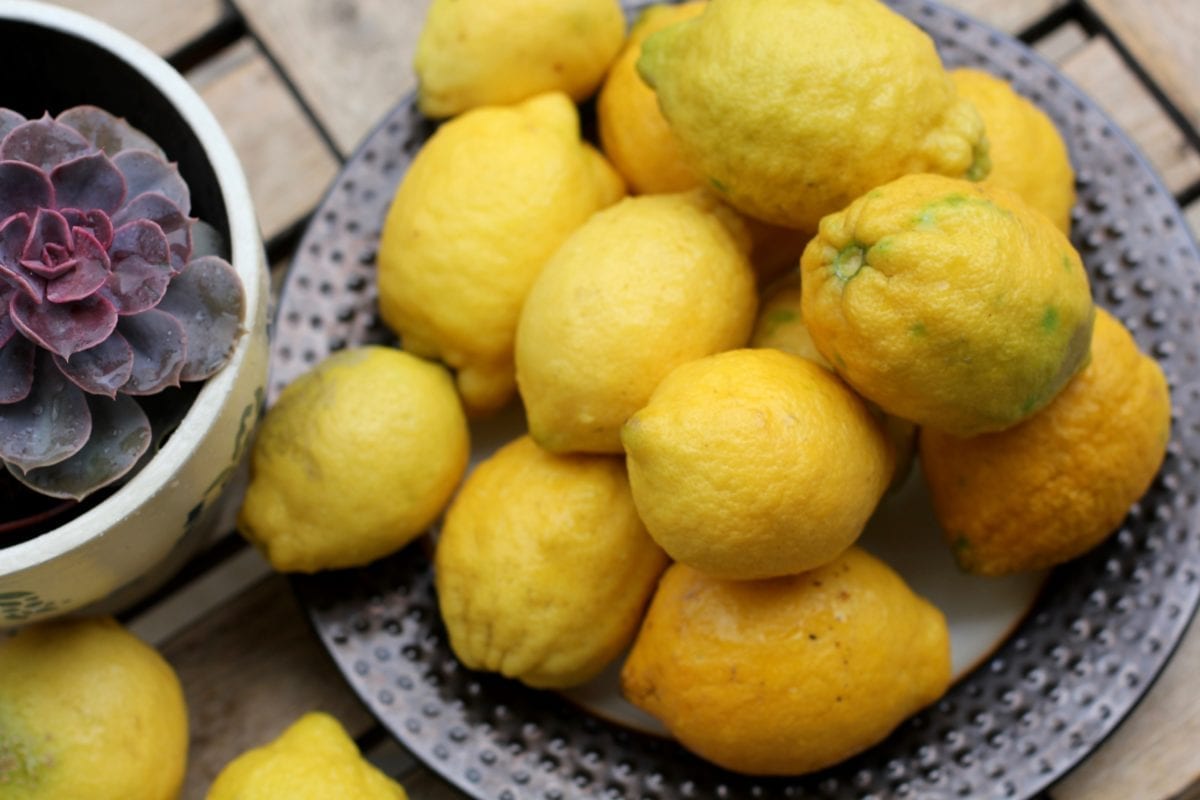
Researchers have proven that patients suffering from asthma and chronic obstructive pulmonary disease (COPD) but with good levels of vitamin C have less breathing problems on high pollution days compared to patients with low levels of vitamin C.
Vitamin C and other antioxidants could prevent free radicals to damage cells causing heart disease, cancer, and respiratory conditions.
To fight pollution, make sure to eat and drink plenty of veggies and fruits, such as citrus fruits, broccoli, and spinach which are packed with vitamin C.
Eat anti-pollution foods

Chosun Media provided a list of healthy foods that lessen the effect of pollution on our bodies. This lists includes:
- Green tea: the most well-known antioxidant.
- Mackerel: prevents heavy metals from accumulating in our bodies.
- Seaweed: cleans the blood and remove fine dust and heavy metals.
- Garlic: improves the inflammation of the bronchial tubes.
- Tangerines: good for coughing and neutralizing bacterias. The skin is full of antioxidants.
- Broccoli: full of vitamin C and antioxidants, helping with the inflammation.
- Korean pears: packed with antioxidants.
- Water: eliminates the toxins built up in your body through urine and sweat.
Anti-pollution laundry detergent

Yellow dust in Korea can also infiltrate into our clothes, which can cause skin irritation. Using anti-pollution laundry detergent not only allows dusts embedded in the fiber of the clothing to be washed away but also forms a protective and anti-static coating on the fabric to prevent particles from lodging themselves inside the fibers.
You can find anti-pollution laundry detergent at your closest mart or online, like the “비트 Dust-free 2.5”.
Now you are all set to protect yourself and your home from bad pollution days! If you know any other ways to fight yellow dust in Korea, leave a comment below!



